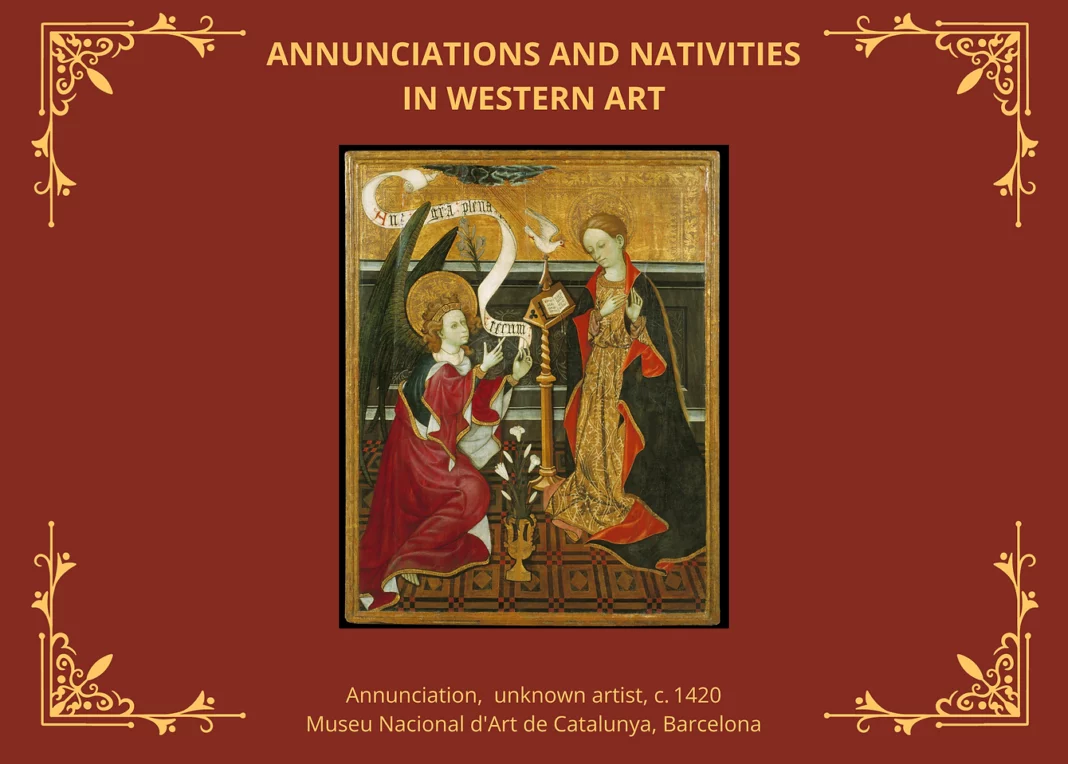Tina Beattie is professor emerita of Catholic studies at the University of Roehampton in London. She has published widely and lectured internationally on traditions surrounding the Virgin Mary in western art, theology and culture. She researches and writes on issues of Catholicism, gender, art, theology and psychoanalysis and is a frequent contributor to the Catholic Weekly The Tablet and BBC Radio 4’s Thought for the Day. On December 4, Tina held a day school at the Hub on Rye Hill.
Tina is known as a theologian especially sensitive to women’s role and contributions, so this made her presentation on the art of the annunciation especially interesting. Tina began the morning presentation by emphasising that the day was meant for everybody and was not aimed at any religious denomination and not necessarily religious at all. The day was intended as an appreciation of some of the most important features of Western art that define our history and culture.
While it is commonly possible to read and hear art appreciation from an historical point of view, Tina’s presentation has an added edge of fascination by being backed up with theological explanation. For example, we are familiar with images of the annunciation showing the angel Gabriel and Mary but have we noticed the gender of Gabriel and the imagery that commonly occurs in some of the most famous paintings? Not only noticing the more common imagery but understanding its meaning and why it’s been included.
Tina referenced the Protoevangelium of James, the Gospel of Pseudo Mathew, the Golden Legend to explain the origins of many of the themes we see in art associated with Christmas from early times until today. The presentations were interspersed with videos and poems at salient intervals to generate interest and contrast perspectives while providing deeper explanation.
The study day identified and compared the origin and sources of some of the earliest images of the Virgin Mary. Tina also compared and contrasted paintings of the birth of Jesus and the birth of John the Baptist to identify and explain some of the more common symbolic meanings. It was fascinating to explore historical and devotional contexts and how varying interpretations have resulted in images that have hugely influenced religious and cultural understanding in Western Europe.
The Hub on Rye Hill proved an ideal venue for this event. Warm and welcoming with a large room on the ground floor equipped with quality video facilities it was ideal for the audience who were very appreciative of the opportunity to hear an international speaker of this calibre on their home turf. We hope this is the first of many events for Professor Beattie.



